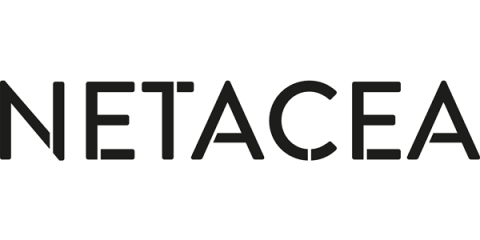Is Your Business Ready For Life After Covid?
As we all prepare for a new life after Covid-19, more businesses than ever are looking at expanding their digital presence and making online their number one channel. Despite this, many are unaware and ill-prepared for the threats facing them as we all transition to a “new normal”. Thanks to the rollout of vaccines, the threat of Covid-19 is steadily diminishing and businesses are set to resume normal service.


